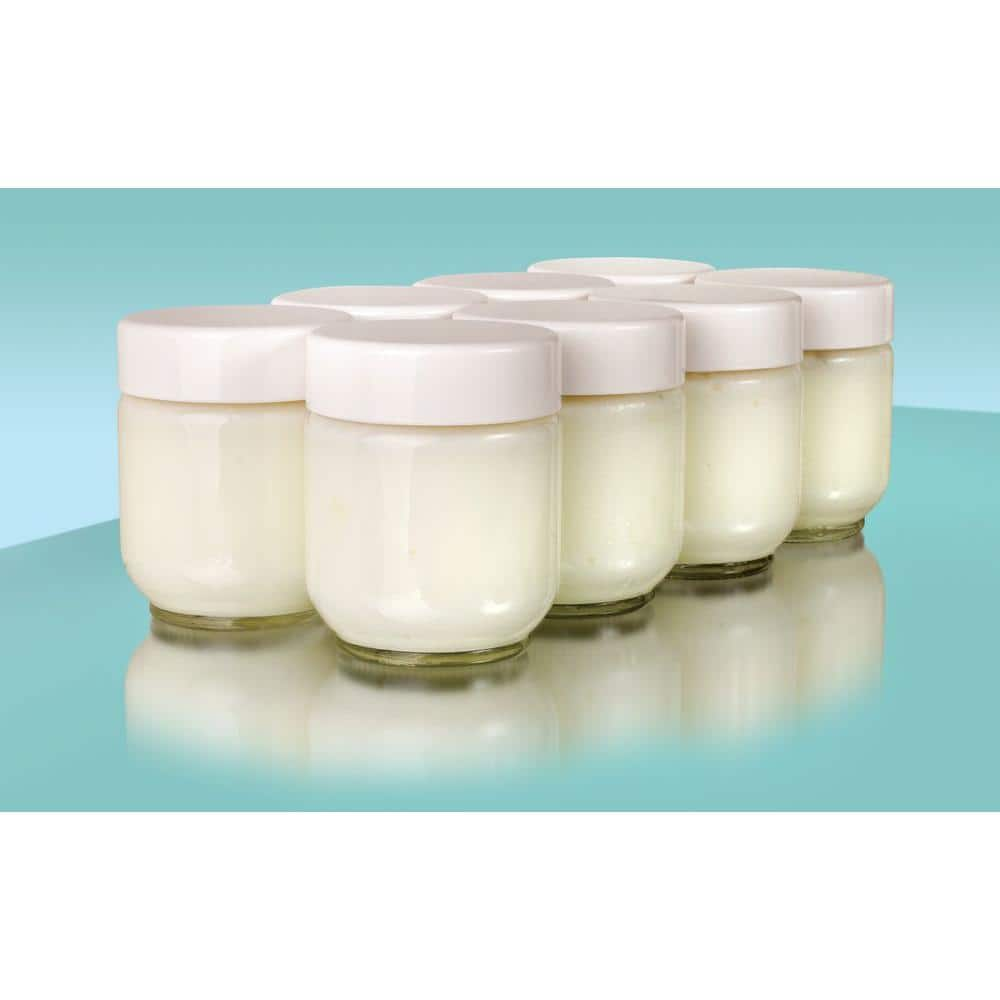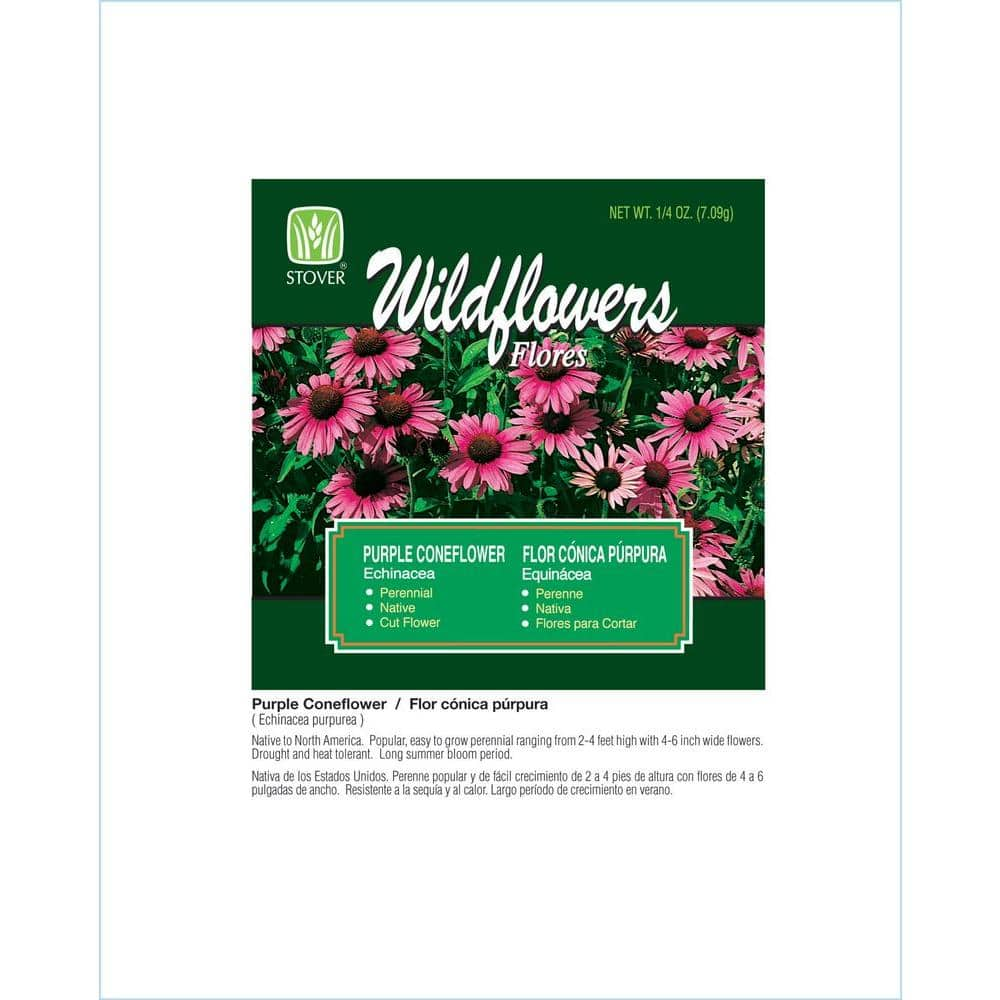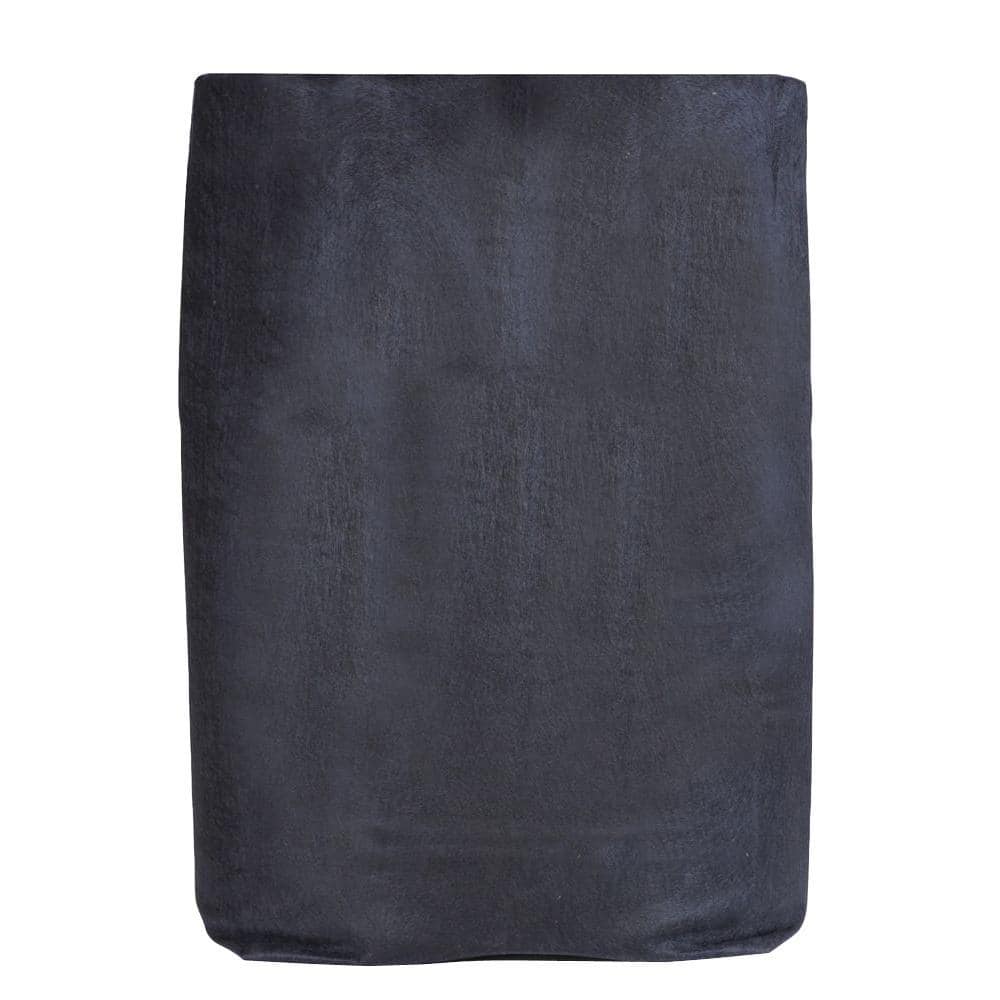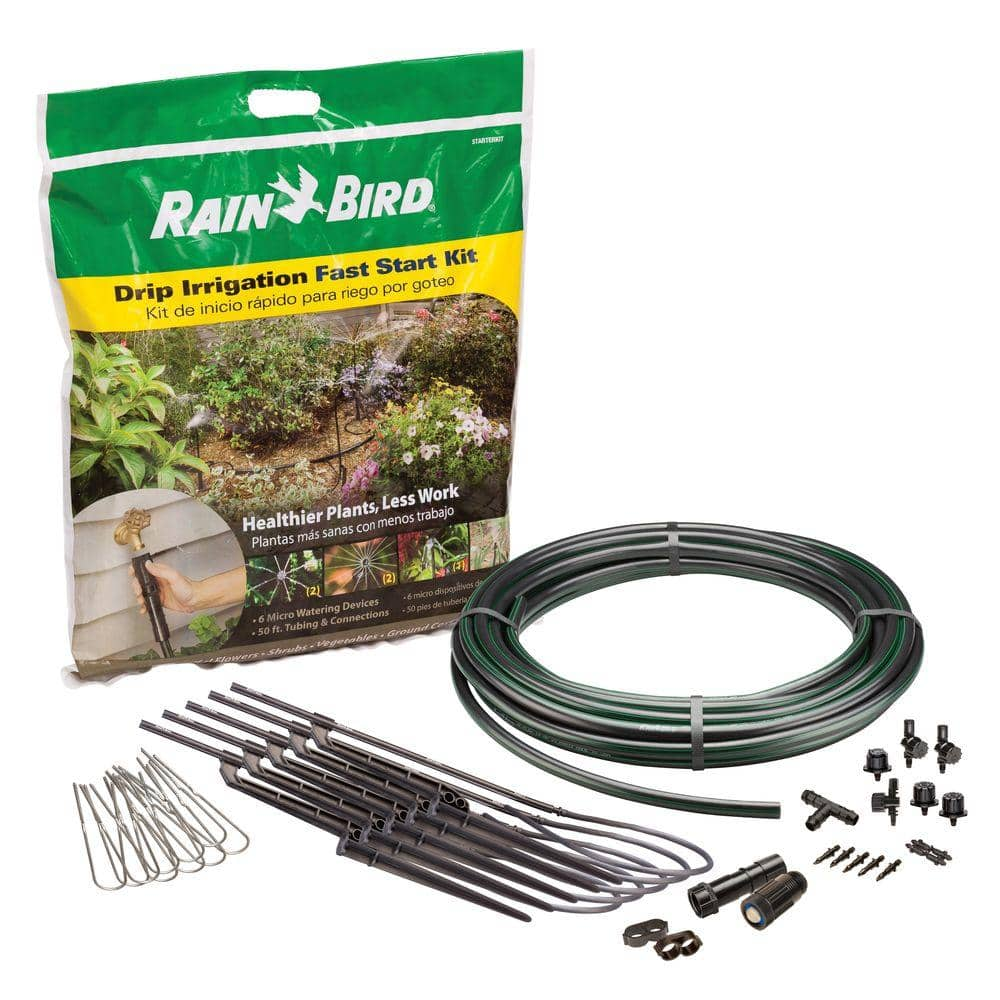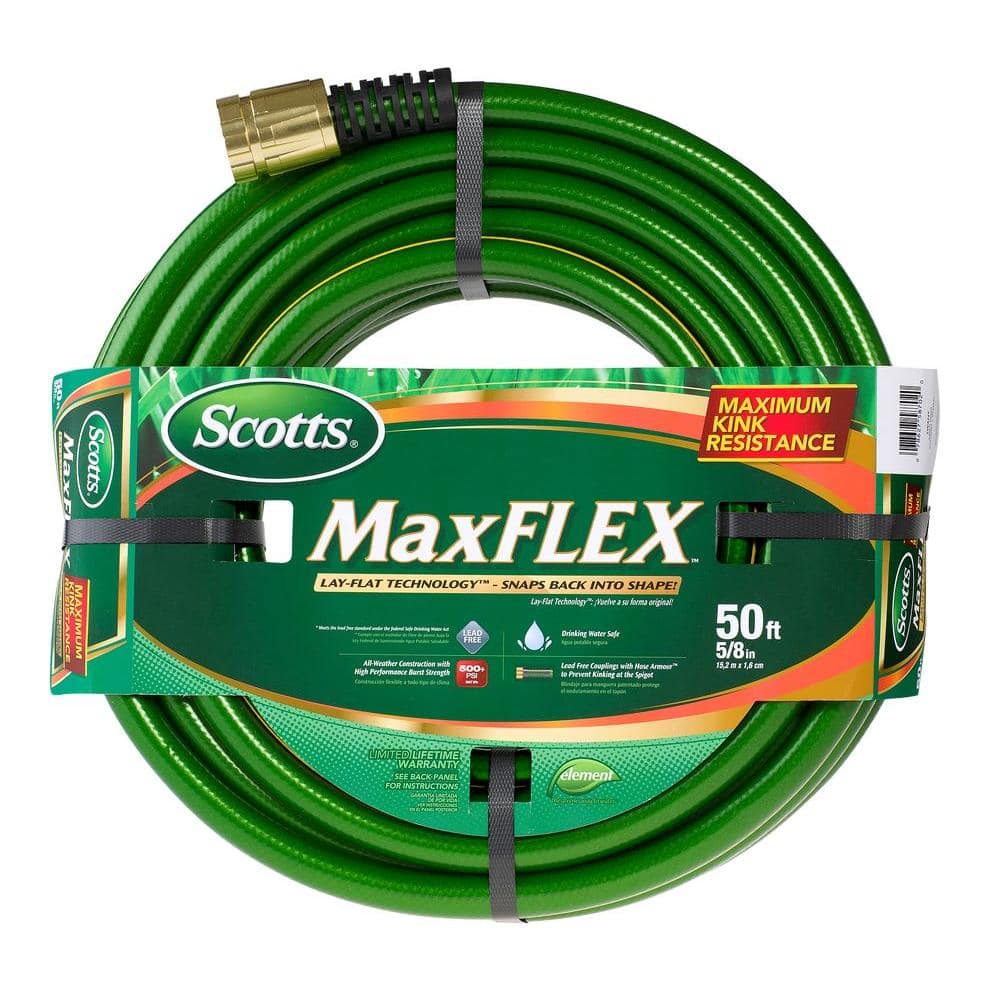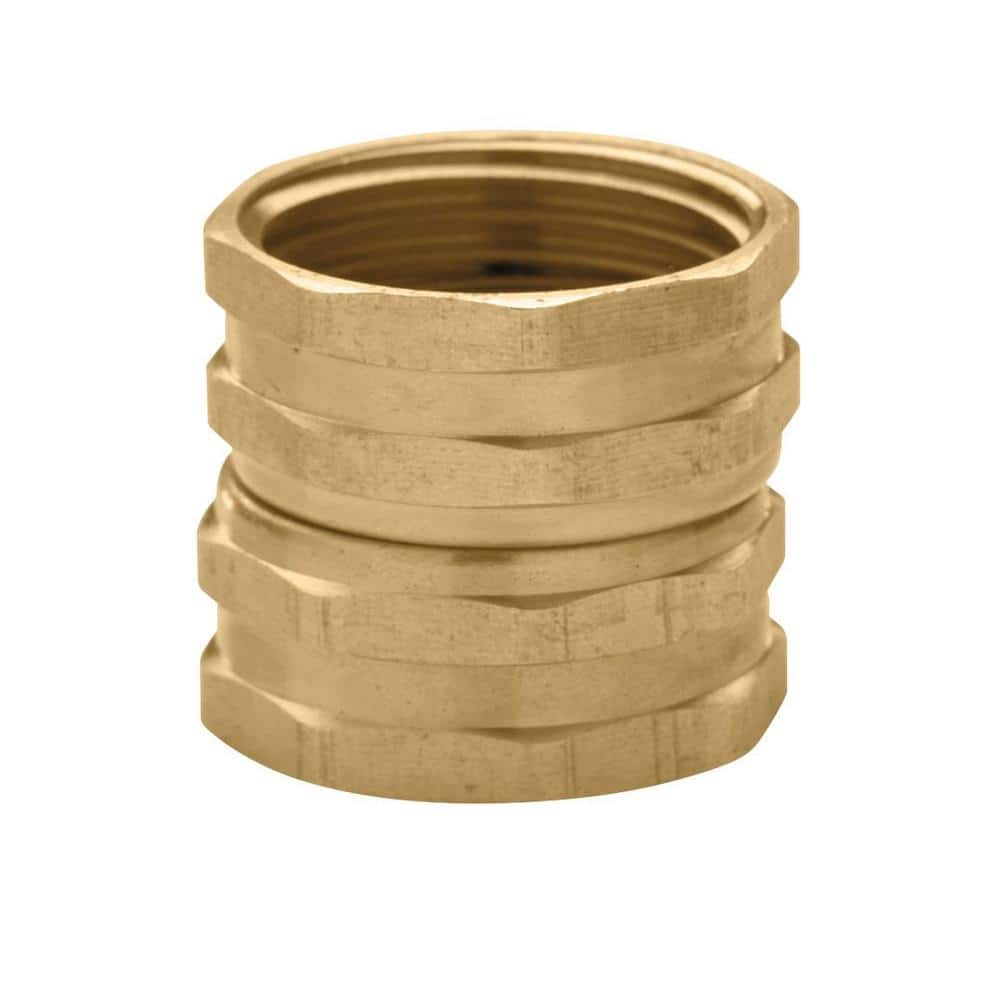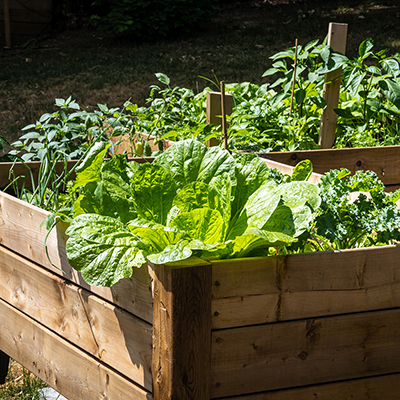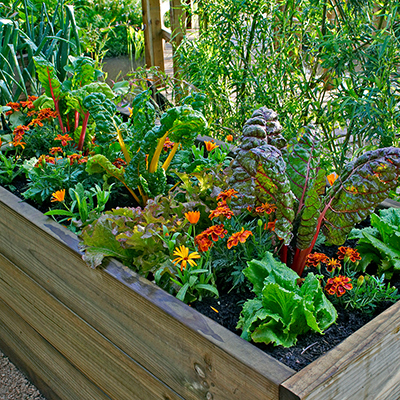7 Steps to Growing a Victory Garden
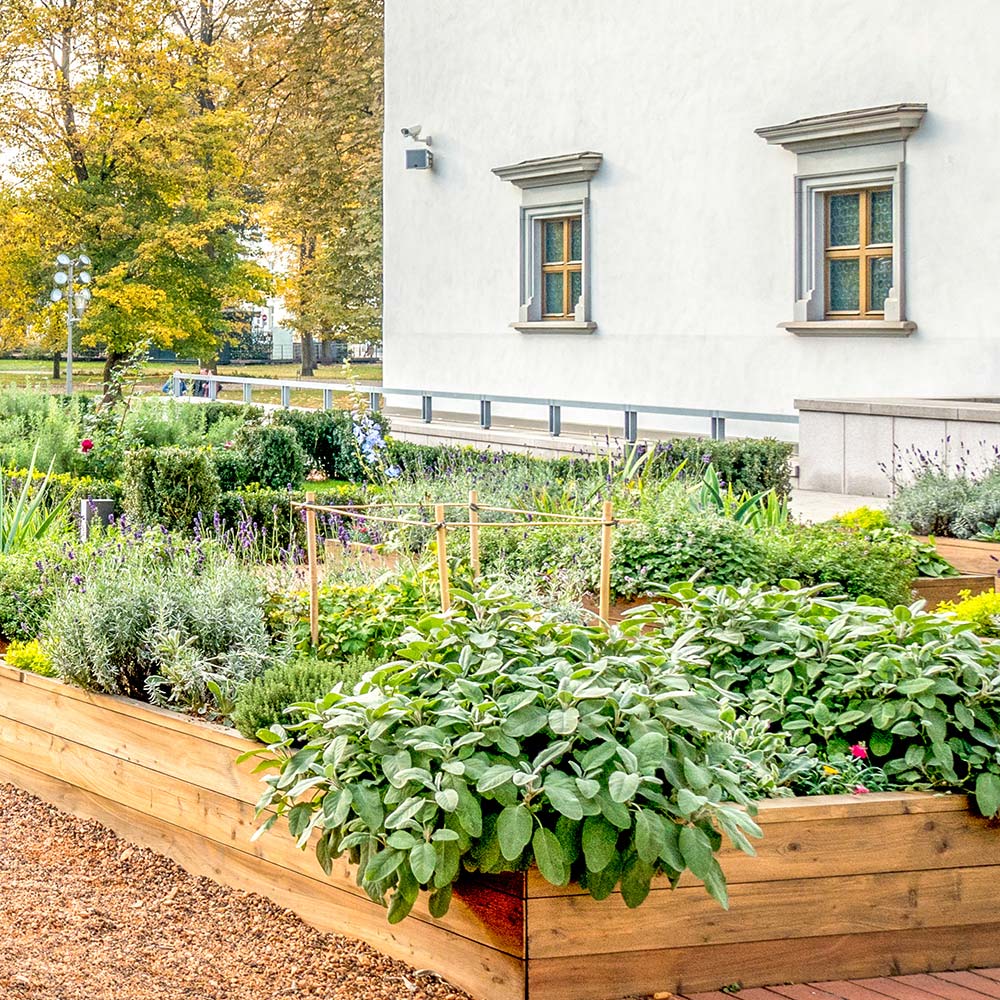
Last updated September 7, 2023
Victory gardens are making a comeback. Now, gardeners are placing an emphasis on healthy food and self-reliance.
This guide covers what exactly a victory garden is and 7 steps to starting.
Table of Contents
The History of Victory Gardens
Plan and Plant Your Garden
Water Smart
Incorporate a No-Till Method
Start Composting
Rotate Crops
The History of Victory Gardens
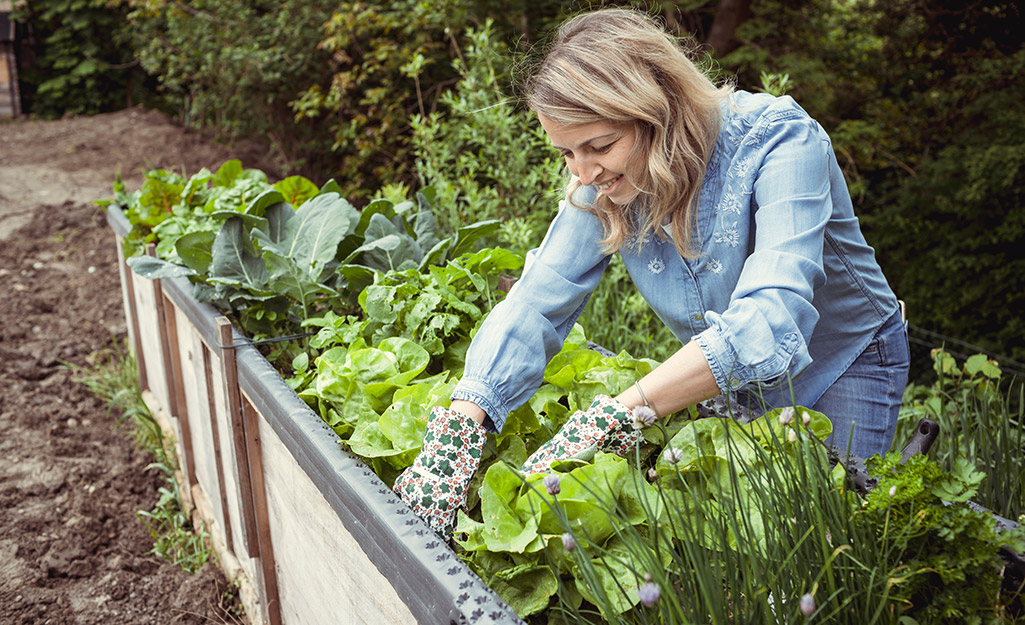
Victory gardens were made popular during World War I and II. Communities and homeowners used victory gardens to sustain themselves. They helped to supplement the food supply during government rationing. By 1944, an estimated 20 million victory gardens existed. They produced 40 percent of all vegetables grown in the United States.
These days, gardeners from newbies to veterans desire to live sustainably. They're returning to victory gardens to produce organic edibles. They're great for feeding families and to share with others.
Organic victory gardens can be grown in window boxes and planters. For sharing, they can be grown in community gardens and schoolyards. Eat the produce fresh or preserve it through freezing and canning.
Sure, gardening costs time and energy. But it’s a minimal investment compared to the savings on food you'll enjoy. A bonus? It also helps you do your part in preserving the environment.
Now that you know what a victory garden is, below are 7 steps to get started.
Plan and Plant Your Garden
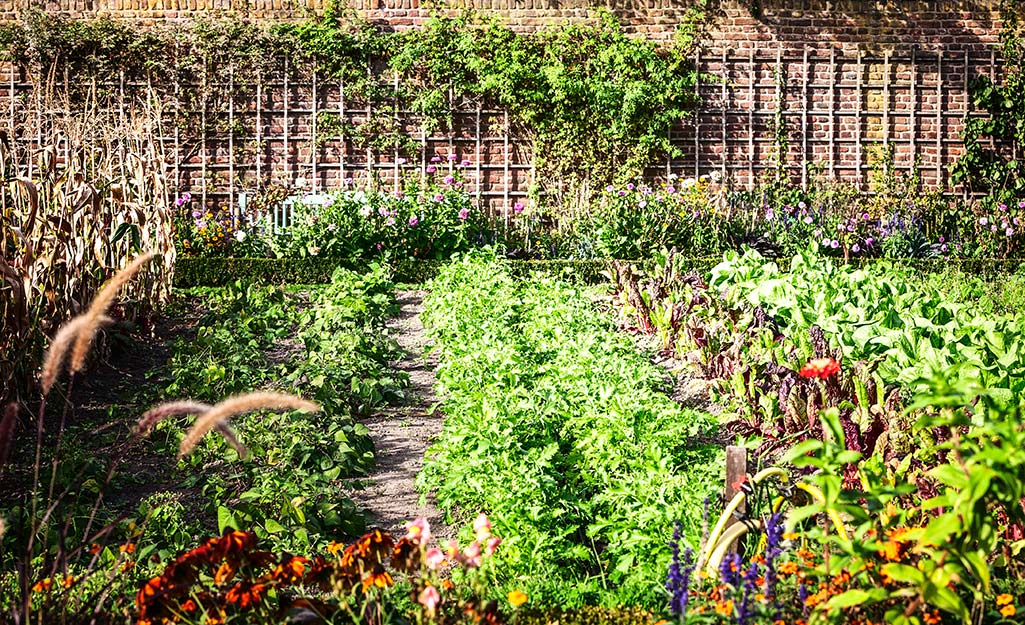
With front-end planning and preparing, you can grow an edible garden. Pay attention to where the sun hits in your area. Prepare your soil, container or raised garden bed. Ensure you plant your vegetables and herbs when the timing is right. Use a frost date calendar to know the best timing for your area. Pay attention to plant tags and seed packets for further guidance.
There are crops that germinate in cool soils (as low as 40 degrees Fahrenheit). These include arugula, kale, lettuce, parsnips, radishes and spinach. When the soil warms to above 50 degrees Fahrenheit, you can add more veggies. Options are cabbage, onions, Swiss chard and turnips.
At 60 degrees Fahrenheit, start beans, beets, broccoli, Brussels sprouts, cabbage and carrots. The 70 degrees Fahrenheit threshold is best for certain plants. Options are tomatoes, eggplants, peppers, cucumbers, squash, corn and melons.
If you’re a small-space gardener, read about growing vertically. Or, join forces with a community garden in your local area.
Water Smart
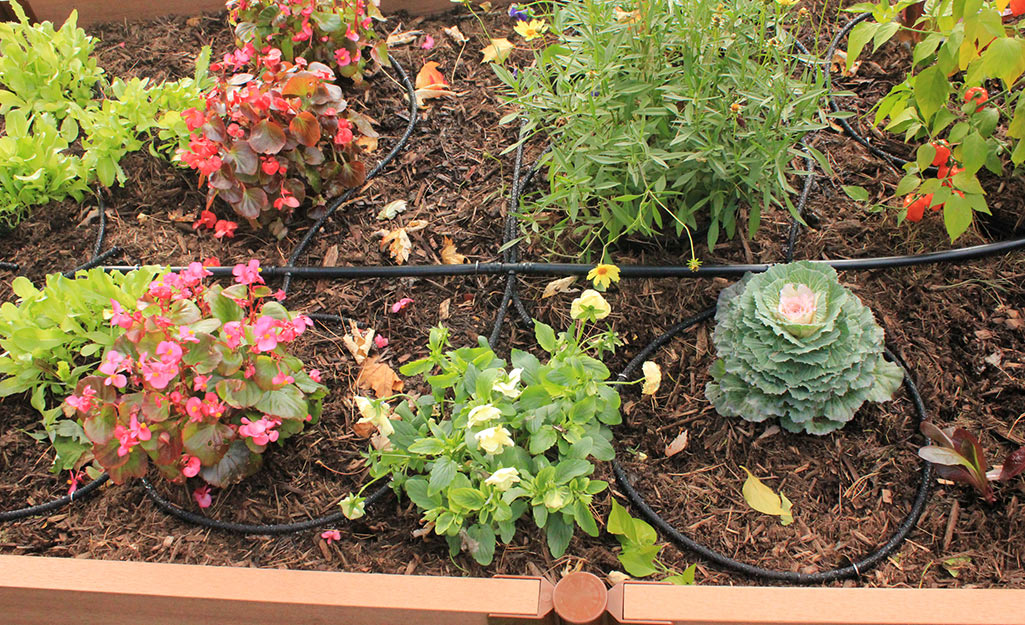
Begin your edible garden the smart way and keep plants and soil moist. Investigate the latest in watering devices. Look at hose timers, hose connectors or soaker hoses. For large gardens, look at drip irrigation and irrigation systems.
Give your plants water only when they need it. Different plants have different watering needs. Dig about an inch into the soil often. If it's dry, it needs water. In hot weather, it’s important to water vegetables early in the day. Afternoon watering causes fast evaporation. Night watering can stick to plants and cause rot. Most edibles need about an inch of water weekly. When temperatures soar, they'll need even more.
Incorporate a No-Till Method
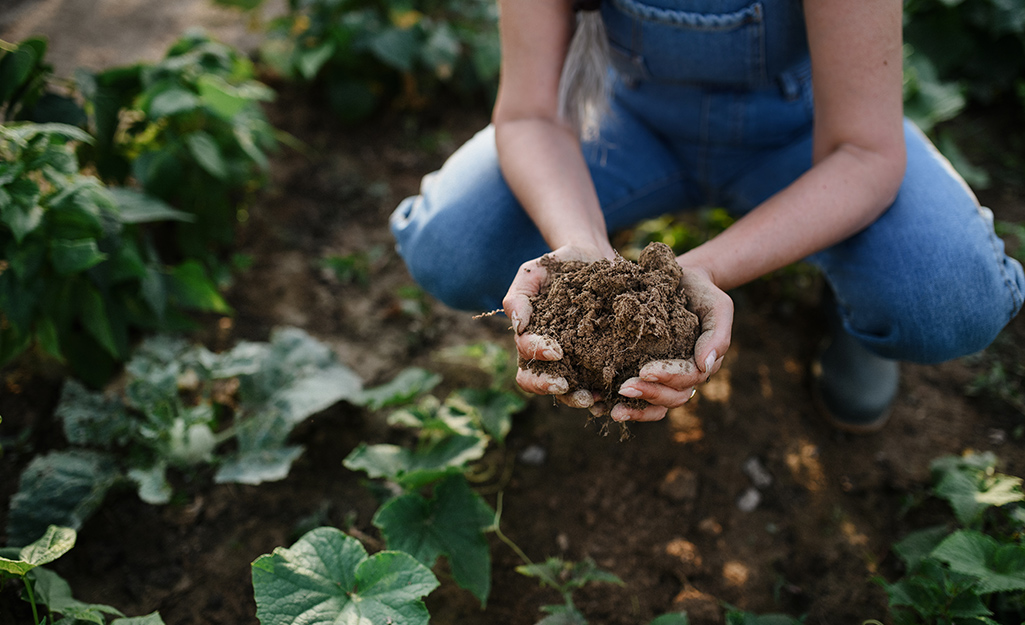
A no-till method in your garden leaves your soil intact with all its nutrients. Tilling the garden disrupts the habitats of earthworms and microorganisms. It pulls up nutrients the soil needs. Earthworms and bugs are diligent natural aerators of garden soil. When disturbed, the soil’s infrastructure breaks down. Tilling also can dig up old weed seeds. Those weed seeds will then take over your garden.
So, try no tilling. Save your energy for other tasks in the garden.
Start Composting

Compost does more for your soil than you can imagine. Compost brings life to the soil. It is full of good bacteria. Place compost on your garden as mulch or a soil amendment. For the climate’s benefit, composting helps soils hold carbon dioxide. This in turn leads to emission reductions.
Use a compost bin, wire enclosure or an unused area of the backyard. Collect green matter such as fresh grass clippings, vegetable matter and fruit peels. Add things like eggshells, apple cores and organic tea leaves. You can throw in organic coffee grounds and non-diseased plant material. There are tricks to composting. Try the lasagna method. It's where you layer your materials for maximum decomposing rates. Add a compost starter to speed up the process. Keep a compost pail on your kitchen counter. Or, add earthworms to your compost bin.
Rotate Crops
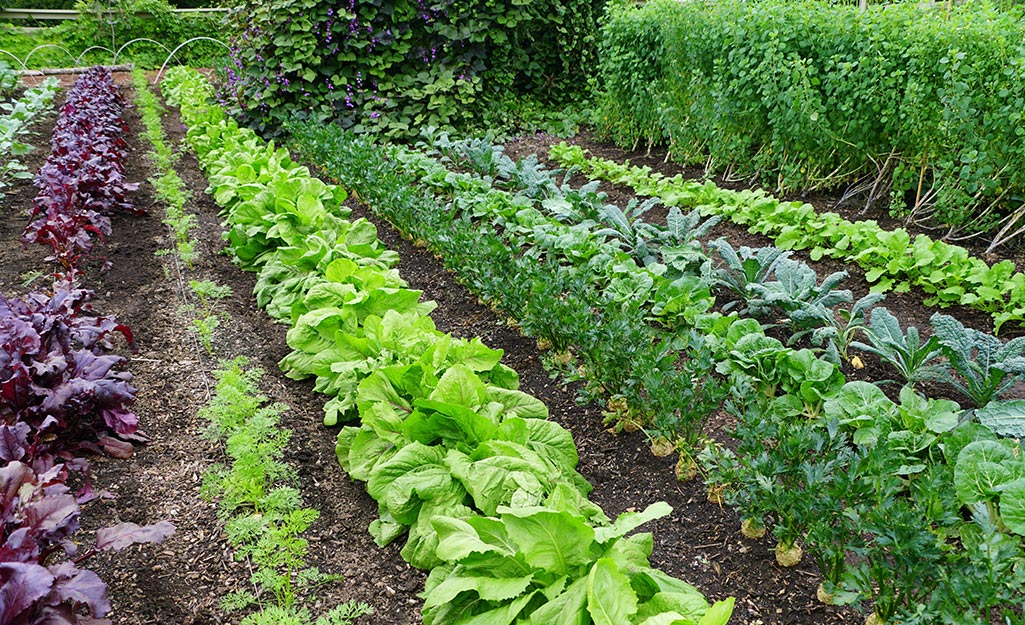
Vegetable gardening pulls a lot of nutrients out of soil. This leaves some plants vulnerable to contracting diseases and attracting pests. For this reason, you’ll want to rotate your crops. This keeps edibles at their best year after year. When you rotate crops, you interrupt the life cycle of pests and diseases. A break allows the soil to replenish. This organic technique will improve your gardening.
To make a crop rotation plan, draw the garden into blocks. Label each block according to plant family. Next year, move the families clockwise in the plan. Aim for at least three years before returning a family to its first plot.
Make sure you know your plant families.
- Nightshades: tomatoes, peppers, eggplant, potatoes
- Carrot: celery, parsley, parsnip
- Goosefoot: beet, spinach, Swiss chard
- Gourd: cucumber, muskmelon, pumpkin, summer squash, watermelon, winter squash
- Grass: ornamental corn, popcorn, sweet corn
- Mustard: broccoli, Brussels sprouts, cabbage, cauliflower, Chinese cabbage, collard, kale, kohlrabi, mustard greens, radish, rutabaga, turnip
- Onion: chives, garlic, leek, onion
- Pea: bush bean, kidney bean, Lima bean, pea, pole bean, soybean
- Sunflower: endive, lettuce, sunflower
Can or Freeze the Bounty of Your Garden
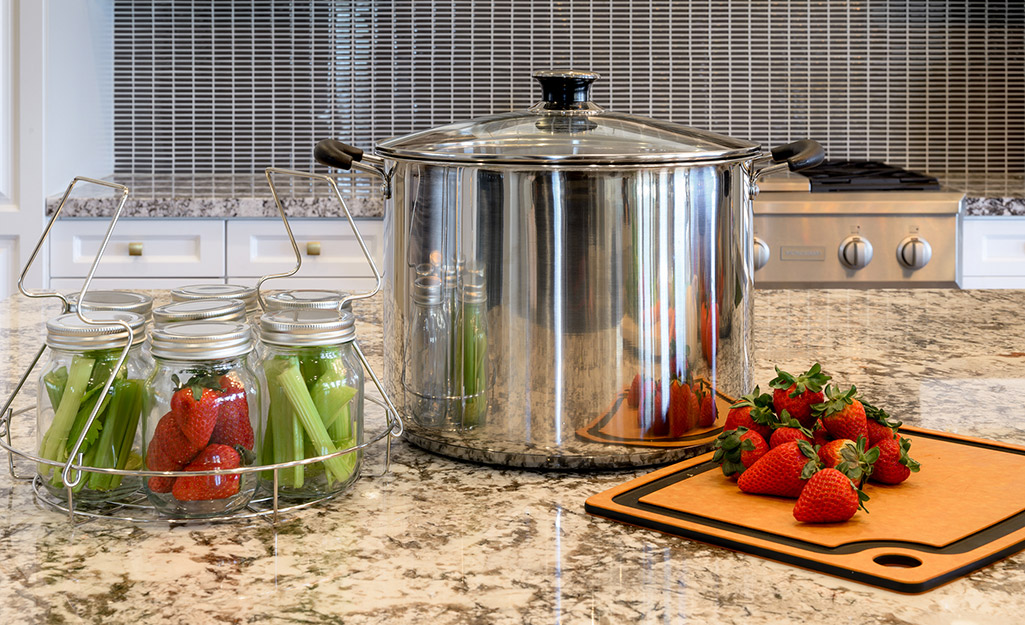
Get the taste of summer for longer when you preserve. Try small-batch freezing or canning without the hassle of long hours of processing. This simple approach means small quantities of food. It's great for sauces, salsas and casseroles that you can store in the freezer.
Not time pressed? Then try traditional tips and tricks for canning and preserving. You'll need a water bath canner or a pressure canner. Buy quality canning jars. Follow food safety tips to keep your family safe from botulism.
Remember the Pollinators

Plant a garden of tasty flowers for butterflies, bees and hummingbirds around your vegetable garden. This encourages pollinators to continue pollinating plants. They’re vital to our earth’s ecosystem.
Spread wildflower and pollinator seed mixes. Tried and true favorites, like zinnias, are great in the spring. A bonus? You’ll have a cut flower garden in addition to a pollinator habitat. Some fragrant herbs also flower, including lavender and pineapple sage.
Encourage bees with houses designed just for them. Hang hummingbird feeders to attract them to your outdoor space.
Looking for a tool to complete your victory garden? The Home Depot delivers online orders when and where you need them.
